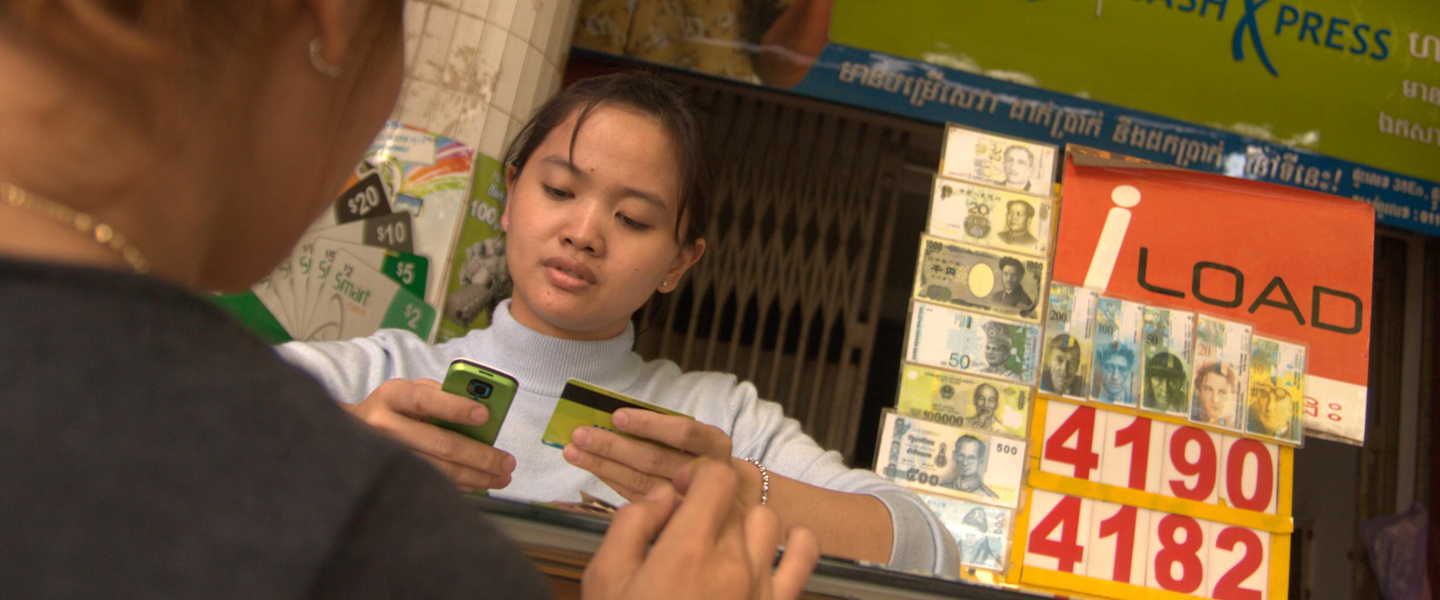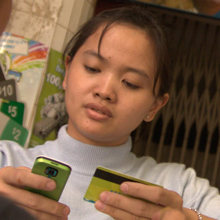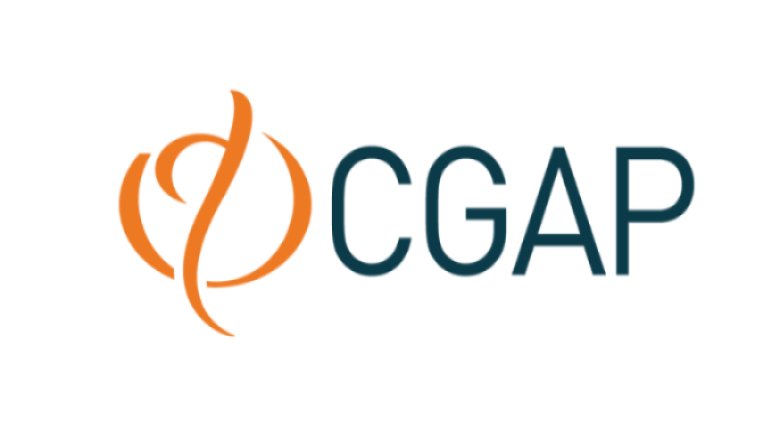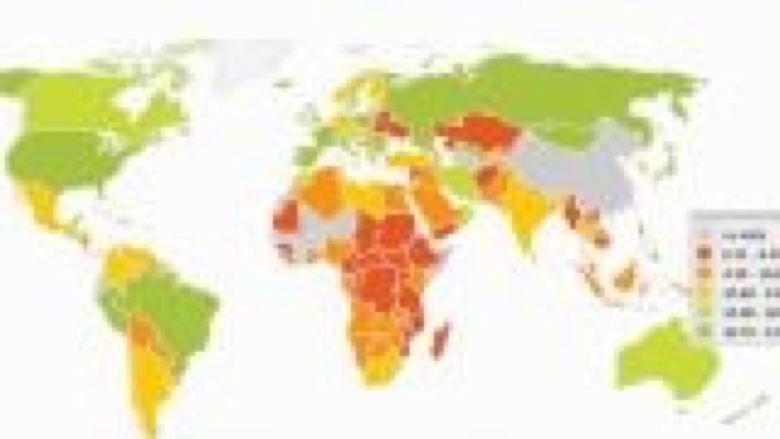The World Bank Group plays a critical role in advancing financial inclusion in the world since it can leverage its financial sector expertise, country engagement and dialogue, financing and risk-sharing instruments, unique datasets and research capacity, and influence with standard-setting bodies and the G20.
We have developed an integrated and unified approach in our work to help countries achieve financial access and responsible financial inclusion, which focuses on 5 intertwined pillars:
1. Pillar 1: National Financial Inclusion & Fintech Policy and Strategy
Financial inclusion spans a wide range of topics and stakeholders. FICP activities under Pillar 1 focus on providing holistic assessments and strategies for financial inclusion, providing assistance to clients on how to approach financial inclusion, with increasing focus on digital financial inclusion and leveraging fintech to promote financial inclusion, in a comprehensive and systematic manner and how to align across a range of different actions to work towards achieving the broader goal of financial inclusion.
Technical offerings under pillar 1 include:
· Financial Sector Assessment Programs (FSAPs): These assessments, conducted in collaboration with IMF, systematically examine levels of access to finance (including through digital means), sustainability and diversity of providers (including innovative providers), the range of appropriate products currently available in the market, and national policies and programs with respect to financial inclusion.
· National financial inclusion strategies (NFIS): This is technical assistance to design and implement national or subnational roadmaps and action plans to achieve financial inclusion objectives, including through digital financial services.
· Data Infrastructure and Measurement: This is support to develop data infrastructure and measurement systems for financial inclusion, including via national demand-side financial inclusion surveys, supply-side data collection to support measurement towards financial inclusion strategy targets, geospatial mapping initiatives for financial inclusion and KPI development, as well as approaches to measure digital financial service / Fintech related data for financial inclusion purposes, particularly for providers that fall outside of traditional regulatory perimeters.
· Women and Finance: tools to address the issue of women and financial inclusion.
2. Pillar 2: Financial Products and Providers for Underserved Segments
Activities under pillar 2 focus on direct technical assistance to implement policy reforms specific to products or providers that benefit underserved segments, including women and rural populations.
Technical offerings under this pillar include:
· Innovative products focused on the underserved: Technical assistance on expanding the range of products appropriate for the underserved individuals and MSMEs, by helping clients conduct demand-side research to better inform design and delivery of appropriate products and services for the rural underserved.
· Innovative providers focused on the underserved. Technical assistance on enabling the entry and operation of innovative providers that serve underserved individuals and MSMEs through assessment of new providers and developing enabling regulatory frameworks and supervisory activities that are proportionate to their scope and type of activity.
· Strengthening Strengthen competition and expand access points: support on regulatory and supervisory reforms to open up access and ensure level playing field for banks and non-bank (or non-traditional service providers), such as telecoms companies, “fintech” firms, post offices, cooperatives and agent networks.
3. Pillar 3: Financial Consumer Protection
Financial consumer protection is a critical complement to financial inclusion, in order to ensure that financial inclusion benefits consumers (especially those consumers new to the formal financial sector) and does not expose them to potential harm. We provide technical assistance in full range of consumer protection topics including disclosure, market conduct supervision, data protection and dispute resolution.
Technical offerings under pillar 3 include;
· Financial consumer protection diagnostics: Comprehensive diagnostics in financial consumer protection, assessing existing legal and institutional frameworks and market practices against the Good Practices for Financial Consumer Protection.
· Institutional arrangements: technical assistance on strengthening institutional mandates for financial consumer protection, advising on institutional arrangements and coordination mechanisms across financial sector authorities working on financial consumer protection.
· Financial consumer protection legal framework: technical assistance in drafting financial consumer protection regulation to cover the full range of FCP issues (e.g. regarding FSPs’ conduct, disclosure, internal complaints handling etc.), whether via product- or provider-specific regulation or umbrella FCP regulation.
· Market conduct supervision: technical assistance on market conduct advising on the development of supervisory strategies, manuals, and reporting templates and providing supervisory training, risk assessment frameworks.
· Disclosure and transparency: technical assistance in drafting disclosure regulation; designing key facts statements for an increasing range of products (e.g. consumer credit, current accounts, insurance, collective investment schemes), and conducting consumer testing of key facts statements, as well as adapting disclosure and transparency for DFS (e.g. digital disclosure).
· Fair treatment and business conduct regulation: technical assistance and tools in the areas of product governance and suitability, as well as in appropriate policy approaches to address over-indebtedness.
· Accessible and effective channels for alternative dispute resolution (ADR): technical assistance on ADR mechanisms, including advising on legal frameworks for ADR schemes (e.g. jurisdiction, legal powers), establishing ADR schemes (e.g. governance, funding arrangements, structure, staffing), and providing trainings on ADR operations and processes.
· Data privacy and protection: technical assistance tools to help countries apply existing principles to the financial sector, with adaptations to address new risks posed by fintech and DFS such as risks related to big data, alternative credit scoring, discrimination, consent, algorithmic governance, etc.
4. Pillar 4: Financial Capability and Behavioral Insights
Financial capability is the internal capacity to act in one’s financial interest, given socioeconomic and environmental conditions. It encompasses the knowledge, attitudes, skills, and behaviors of consumers with regard to managing their resources and understanding, selecting and making use of financial services that fit their needs.
The FICP team leverages insights from research on financial capability and behavioral economics and provide strategic advice to authorities on how to approach financial capability and use financial capability to make financial inclusion efforts more effective through targeted actions that complement programs, reforms and regulations including those related to consumer protection.
Technical offering under this pillar include:
· Identifying large-scale opportunities to incorporate financial education messages into existing programs and interventions to improve financial outcomes of target populations, especially where these are critical populations for financial inclusion objectives (such as recipients of social transfer programs or programs focused on women’s access to finance)
· Financial capability interventions to complement policy reforms and regulations related to financial inclusion, digital finance and fintech, consumer protection and related topics
· Support to national authorities to develop a strategic approach to financial capability reflecting behavioral insights and best practices, as part of a broader strategic approach to financial inclusion and digital finance
5. Pillar 5: Micro, Small and Medium Enterprise (MSMS) Finance
Policymakers often lack efficient processes to monitor data on the supply of credit to MSMEs. The lack of realistic definitions for MSMEs, combined with the complexity and heterogeneity of the segment, make MSME finance very elusive to monitor. This limits the capacity of regulators to identify market gaps as well as “overheated” segments which may signal risks for stability. The FICP team provides technical tools to policymakers to conduct supply-side diagnostics on a systematic basis, not as a one-off analysis of the market, but as a comprehensive process to identify risks and gaps in the market and to communicate the results to other stakeholders.
In addition to these five pillars, our work also focuses on payments and payment systems as means of furthering financial inclusion. This includes the following:
- Modernizing retail payment systems and government payments to help countries design strategies to promote the use of electronic payments, instead of cash and paper-based instruments. Many countries are successfully digitizing government payments by shifting all government-to-person payments into accounts, which typically lowers costs and increases financial access. It also leads to significant cost savings in the administration of payment schemes, as well as to reduced leakages related to corruption and fraud.
- Reforming national payments systems (NPS), including remittance markets: conduct comprehensive diagnostics of countries’ payments and settlement systems, including remittance markets, and make recommendations to improve NPS.
Our work on financial inclusion also underpins the institution’s efforts in other development areas, including shifting social transfer payments from cash to digital, support to SMEs and agriculture, and the World Bank Group’s Identity for Development (ID4D) initiative.
It is also interwoven into other institutional initiatives, including:
The Women Entrepreneurs Finance Initiative (We-Fi) which focuses on removing financial and non-financial constraints for women small-business owners.
The Digital Economy for Africa (DE4A) Initiative to support Africa’s efforts toward building inclusive and sustainable digital economies.
Work in IDA countries as part of the IDA19 framework on women’s financial inclusion.
Globally, we engage with standard-setting bodies, help shape standard-setting initiatives and convene forums.
G20 Global Partnership for Financial Inclusion (GPFI): The World Bank Group is an implementing partner of the GPFI, an inclusive platform for all G20 countries, interested non-G20 countries and relevant stakeholders to work on financial inclusion. Under the China G20 Presidency leadership, the World Bank Group helped develop the G20 High Level Principles (HLPs) for Digital Financial Inclusion, and provided technical input to the New G20 Indicators for the Digital Financial Inclusion. The eight High Level Principles encourage governments to promote a digital approach to financial inclusion, and are being used as a reference tool by many countries. The principles catalyze cross-government actions to drive financial inclusion through digital technologies, and also help ensure that consumer interests are at the forefront of policy concerns, emphasizing consumer protection and financial literacy. Under the Indonesia G20 Presidency leadership, the World Bank is leading the development of an implementation guide for the HLPs, along with CGAP, The Better Than Cash Alliance and OECD.
Payment Aspects of Financial Inclusion (PAFI) report outlines seven guiding principles and suggests actions countries can take to advance access to transaction accounts. It was prepared by a financial regulator task-force chaired by the Committee on Payments and Market Infrastructures (CPMI) and the World Bank Group.






